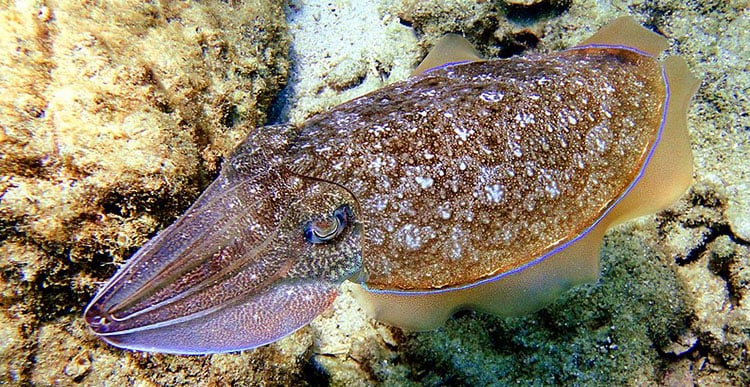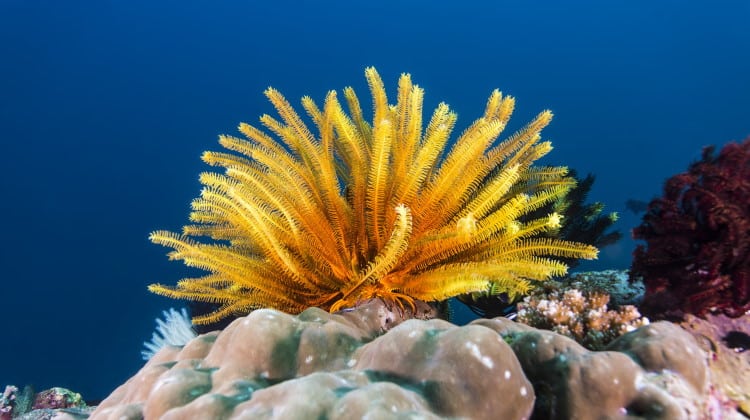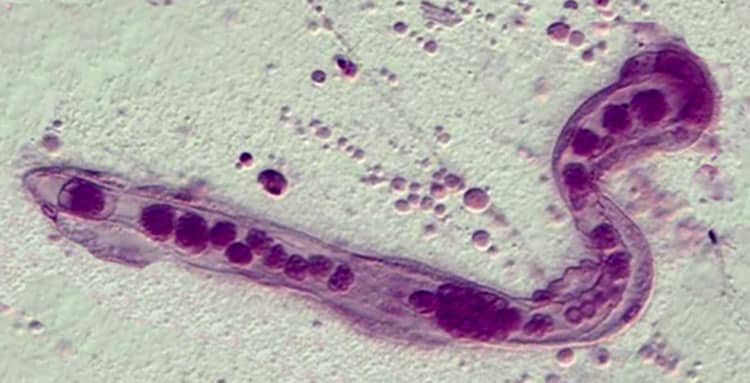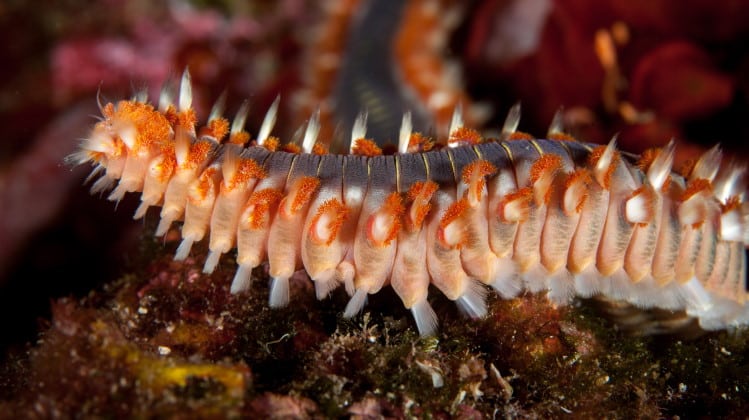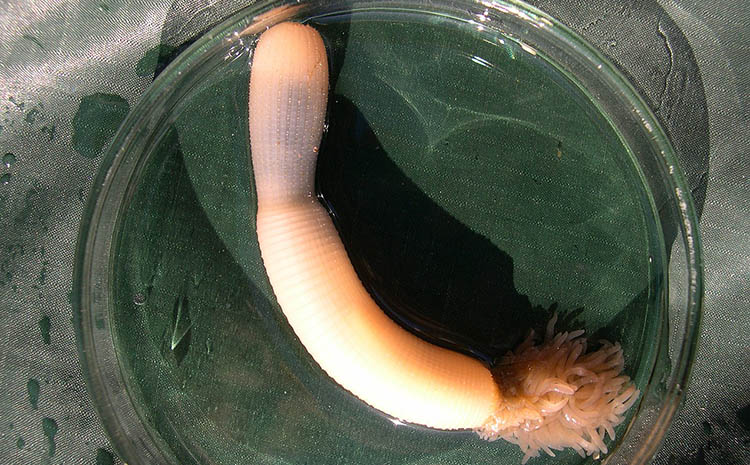Cephalopods
Cephalopods (Cephalopoda)
Cephalopods are a remarkable class of marine invertebrates, including octopuses, squid, cuttlefish, and nautiluses. Ranging from shallow tropical waters to cold ocean depths, over 800 extant species exist worldwide.
Cephalopods are characterized by prominent heads, beak-like jaws, and arms or tentacles used for grasping prey. They evolved from shelled ancestors, but most living species are mobile predators with reduced internal shells.
Cephalopods exhibit complex behaviors enabled by their large brains, excellent vision, and ability to swiftly change color, texture, and patterns. They occupy an important ecological position as both predator and prey in marine food webs.
In this article, we will delve into cephalopod biology, evolution, anatomy, behavior, ecology, classification, and human interactions with these exceptional mollusks.

Cephalopod Biology
Cephalopods belong to the phylum Mollusca, which includes snails, clams, and other soft-bodied invertebrates. They comprise the class Cephalopoda, which contains all mollusks with a pronounced head and at least eight appendages.
Cephalopod appendages take the form of arms, tentacles, or some combination thereof, depending on the species.
Unlike many mollusks, cephalopods are carnivorous predators rather than filter feeders. Using their arms and tentacles, they capture live prey, including fish, shrimp, crabs, and other cephalopods. Their beak-like jaws tear food into bite-sized pieces small enough to be digested.
Most cephalopods are ambush or active predators rather than scavengers. Their excellent vision allows them to detect prey and launch targeted attacks. Cephalopods like the Mimic Octopus have even evolved to impersonate other species as a way to get close to prey.
Cephalopods move through the water via jet propulsion, contracting their mantle muscles to rapidly expel water through their hyponome or funnel.
This propulsive force can be aimed in different directions to execute complex maneuvers. Some cephalopods supplement jet propulsion with fin movements.
While fiercely predatory, cephalopods are also important prey for many marine species. Fish, sharks, whales, seabirds, and other creatures feed on cephalopods, making them an integral mid-level component of food webs.
Reproduction varies among cephalopod species but often involves the female laying large yolky eggs. Depending on the habitat, these eggs may be attached to surfaces or deposited in protected areas.
After hatching, young cephalopods pass through a planktonic paralarval stage before reaching maturity.
Lifespans are generally short, ranging from just a few months in small squid species to multiple years in Nautilus. Mortality comes from both predation and senescence. Most cephalopods exhibit determinate growth, limiting their maximum adult size.
Evolution of Cephalopods
Cephalopods boast a rich evolutionary history extending back to the Late Cambrian period over 500 million years ago.
Early cephalopods had external shells for protection, like the modern Nautilus. Through the Paleozoic, the group diversified into shelled forms, including ammonoids and belemnites, now extinct.
The ancestral cephalopods are united as Nautiloids, named after their iconic spiral shells. This group includes all extinct externally-shelled cephalopods along with modern Nautilus.
There are over 10,000 fossil nautiloid species displaying a huge variety in shell size, shape, and complexity.
During the Mesozoic, the first Coleoids emerged – cephalopods like squid, cuttlefish, and octopus that show evolutionary trends toward more streamlined shells or no shell at all. This adaptation allowed greater mobility to better capture prey as an active predator.
Today, around 800 cephalopod species live in Earth’s oceans. The majority are coleoids, with just 20-30 living nautiloid species.
Cephalopods continue to evolve and adapt to marine environments, as evidenced by the incredibly complex skin patterning of the recently discovered Dumbo Octopus.
By examining cephalopod evolution and the fossil record, scientists gain insight into the emergence of key traits like vision, jet propulsion, behavioral complexity, and shell loss that characterize modern cephalopods.
Major Cephalopod Groups
Around 800 living cephalopod species are currently recognized, divided into two major lineages – Nautiloidea and Coleoidea.
Nautiloids include two living nautilus species and all extinct externally-shelled cephalopods. Coleoids include octopuses, squid, cuttlefish, and other species with reduced or hidden internal shells. Here, we survey the major cephalopod groups:
Nautiluses
Nautiluses represent the most ancient cephalopod lineage, known from 500 million-year-old fossils. They live in deep Indo-Pacific coral reefs, drifting buoyantly with neutral density.
Nautiluses have a large coiled external shell used for protection and buoyancy control. About six species exist today, all in the genus Nautilus.
Since nautiluses cannot quickly change depth, they avoid areas with strong vertical currents. Nautiluses may live over 20 years, with uncommon longevity among cephalopods.
Octopuses
Octopuses comprise over 300 extant species and are the most diverse cephalopod order. They live in oceans worldwide, with most species preferring reefs, seafloor sediments, or waters of the continental shelf and slope.
A few “incirrate” octopuses lack fins and live in the open ocean. Most octopuses are ambush predators that wait camouflaged for prey to come near. Octopuses have eight arms but lack feeding tentacles.
The giant Pacific octopus is the largest known species, weighing up to 110 lbs with an arm span of over 20 feet. Many unusual deep-sea octopus species remain undiscovered.
Cuttlefish
Cuttlefish features around 120 living species, all in the genus Sepia. Found in tropical to temperate coastal waters, they prefer sandy or muddy seafloor habitats with ample places to hide, like rock crevices and coral.
Cuttlefish have eight arms plus two feeding tentacles with suckers to grab prey. They are adept at camouflage through rapid color change.
Unique to cuttlefish is the internal cuttlebone, a spongy, gas-filled shell used for buoyancy control. The giant Australian cuttlefish is among the largest species, growing over 2 meters long.
Squid
Squid comprise around 300 diverse living species inhabiting waters from shallow coasts to the deep sea. They have eight arms and two feeding tentacles with suckers running along their length. Squid tentacles shoot out rapidly to catch prey by surprise.
Squid swim swiftly by jet propulsion, some achieving speeds over 20 mph. Squids often school by the thousands during spawning migrations. The colossal and giant squid represents the largest known species, reaching weights of up to 1100 lbs.
Minor Groups
Lesser known but fascinating cephalopod groups include bobtail squid, ram’s horn squid, vampire squid, and Spirula spirals.
Ranging from just 1 cm to over 2 meters long, these groups showcase the diversity of form and function in the cephalopod subclass Coleoidea. Many deep-sea varieties remain poorly studied, hinting at more discoveries awaiting ocean exploration.
Together, these groups illustrate the evolutionary adaptations and ecological specializations that distinguish modern cephalopods. Understanding the unique features and habitats of each lineage provides insight into cephalopod biodiversity as a whole.
Anatomy and Physiology
Cephalopods have a unique anatomy specialized for an active predatory lifestyle. While specific features vary by species, several key structures allow cephalopods to hunt with speed and precision:
Brain – Cephalopods have the largest and most complex brains of any invertebrates, reflecting advanced behavioral and sensory capabilities. Their brains are comparable in organizational complexity to those of vertebrates.
Eyes – Another cephalopod hallmark is excellent vision rivaling vertebrate eyes. Their camera-type eyes detect color and work in both dim and bright light. This allows cephalopods to spot prey, predators, and mates.
Skin – Cephalopod skin contains pigmented chromatophore cells that expand and contract to change color rapidly. This helps camouflage the animal and communicate visually. Some cephalopods can even match the brightness of their surroundings.
Arms and Tentacles – Most cephalopods have arms along with two specialized feeding tentacles to grasp prey from a distance. Suckers on the arm and tentacle undersides provide a strong grip. Octopuses have eight arms but lack feeding tentacles.
Beak – Made of chitin, the cephalopod beak bites, and tears prey into digestible pieces. Jaw muscles deliver a strong bite, while the beak design prevents prey from escaping. Each species has a distinct beak size and shape.
Shell – Most living cephalopods have lost the external shell through evolution. Some have modified internal shells, like the cuttlebone of cuttlefish. Nautiluses retain the coiled external shell of their ancestors.
Funnel – Powerful contractions of the mantle force water through the hypostome or funnel, allowing cephalopods to jet through the water rapidly in any direction. This propulsion can reach speeds of over 25 mph.
Specialized structures like these allow cephalopods to hunt skillfully, change color and texture instantly, see sharply even in dim light, mimic other species, and outswim many predators. Their unique anatomy underlies sophisticated behaviors.
Behavior and Intelligence
The cephalopod combination of complex brains, keen vision, camouflage abilities, and high maneuverability enable remarkable behaviors that surpass other invertebrates.
Using tools, solving mazes, instantaneous camouflage, communication through color displays, and dynamic mimicry reflect their advanced mental capabilities.
One of the most striking cephalopod abilities is rapid adaptive color change.
Specialized skin cells called chromatophores contain elastic sacs that expand or contract to alter skin texture and color in just seconds. This helps cephalopods camouflage with their surroundings and communicate using patterns.
Cephalopods are also highly adept hunters, deploying clever strategies to ambush prey. Octopuses may slowly crawl along the seafloor while disguising their bodies as rocks or coral before pouncing. Squid alters their skin to mesmerize prey with flashing patterns prior to attack.
In laboratory experiments, octopuses, in particular, display excellent learning, memory, and problem-solving skills.
They can navigate mazes, open screw-top jars, differentiate shapes, and remember solutions hours later. One octopus at a New Zealand aquarium learned to turn off light fixtures by shooting jets of water.
Some cephalopods engage in stunning mimicry and deception. The octopus Macrotritopus transforms its shape, color, and behavior to impersonate lionfish, sea snakes, and other venomous species, likely to deter predators.
Such observations suggest that alongside their evolutionary innovations, cephalopods also developed intelligence on par with many vertebrates. The mysteries of the cephalopod mind continue to fascinate and inspire marine biologists and ethologists.
Ecology and Habitats
Cephalopods inhabit all the world’s oceans, from crowded coral reefs to the black abyssal plains. Different groups occupy ecological niches, matching their anatomy and behavior. Here, we overview the habitats of major cephalopod lineages:
Nautiluses – These ancient cephalopods live in deep tropical waters near reef-sheltered dropoffs, where they float neutrally buoyant. Nautiluses avoid areas with strong currents that would sweep their heavy shells away. They wait for sinking food particles rather than pursuing active hunting.
Octopuses – Most octopus species live on the seafloor in habitats like rocky reefs, seagrass beds, or along the continental shelf. Small shallow water octopuses may shelter in crevices, under rocks, or inside discarded shells. Larger deep sea varieties inhabit waters up to 6,000 feet deep.
Cuttlefish – Cuttlefish thrive in shallow, warm, and temperate seas near coastlines. They prefer sandy or muddy seafloor habitats scattered with rocks, seagrass, or coral, where they can hide when threatened. Cuttlefish avoid areas without sheltering sites.
Squid – Squid inhabit diverse ocean zones from coastal shallows and intertidal areas to midwaters and the deep sea. Coastal squid live along shores and continental shelves, while midwater squid migrate long distances in shoals. Deep sea squid, like the giant squid, live at great depths.
Within these broad habitat categories, many cephalopods further specialize in niche microhabitats. For example, the stubby octopus specifically inhabits shallow tropical tidal pools rather than reefs.
The dense eggs of the seven-arm octopus allow it to lay thousands of eggs on vertical cliff faces. Cephalopod diversity reflects specialization across the marine landscape.
Threats and Conservation
Most cephalopod populations remain abundant worldwide. However, some face increasing threats from human activities, especially fisheries impacts and habitat degradation. Here, we assess major cephalopod conservation issues:
Overfishing
Many commercially fished cephalopod species face pressure from overexploitation. Global squid fisheries are poorly regulated, with serial depletion of target species.

Octopus fisheries threaten populations off Africa and South America. Even large deep-sea squid have declined from overfishing.
Bycatch
Cephalopods, especially squid species, suffer bycatch mortality in fisheries targeting other species.
Trawls, driftnets, jigs, and pots all incidentally catch cephalopods. This bycatch threatens populations and represents wasted resources.
Habitat Degradation
Pollution, destructive fishing, sedimentation, ocean acidification, and other habitat changes disproportionately affect cephalopods with sensitive paralarval stages. Coral reef and seagrass loss also degrade key cephalopod habitat.
Climate Change
Changing ocean temperatures and chemistry impact prey availability, distribution, spawning, and survival during early cephalopod life stages. Warming, deoxygenation, and acidification will likely affect cephalopods more than other mollusks.
Data Deficiency
Major data and assessment gaps hinder sustainable management, especially for little-studied deep-sea species. Better monitoring of cephalopod fisheries and populations is urgently needed to prevent overexploitation.
Conservation actions like fishery regulations, marine protected areas, pollution controls, and dedicated research funding can help maintain cephalopod abundance for ecosystem health and sustainable fisheries.
Their ecological importance warrants more focus on cephalopod conservation issues worldwide.
Uses of Cephalopods
Cephalopods interact with humans in various ways, from providing sustenance to appearing in our myths, art, and media. Some major uses of cephalopods include:
Consumption
Humans exploit numerous cephalopod species for food, especially coastal squid and octopus. When prepared well, their meat is tender and flavorful. Cephalopod products include fried calamari, fish bait, seafood stews, dried squid snacks, and roe. Some cultures consider cephalopods a delicacy.
Research
Science uses cephalopods as model organisms for studies in neurobiology, vision, camouflage, mimicry, ecophysiology, and locomotion. Octopuses are common captive study animals for their intelligence. Learning more about cephalopods advances both pure and applied research fields.
Imagery
Cephalopods captivate human imagination and appear in mythology, literature, and media. Ancient sea monsters were often envisioned as giant octopuses and squid. Cephalopods continue to inspire creativity, given their alien appearance and extraordinary abilities.
Aquariums
Public aquariums commonly display cephalopods like octopuses, cuttlefish, and nautiluses. Their diverse behaviors, intelligence, and color-shifting abilities make them popular exhibits if housed properly. Cephalopods require significant habitat enrichment.
Symbols
Images of octopuses, squid, and nautiluses convey ideas like concealment, adaptability, and the unknown. The legendary Kraken of Nordic folklore was likely derived from sightings of giant squid. Cephalopods are also used in branding, like the octopus logo of Standard Oil.
Cephalopods have captivated humans for centuries through our myths and appetites. As coastal populations expand, sustaining cephalopod populations while supporting fisheries and research will prove an ongoing challenge.
Conclusion
Cephalopods represent one of evolution’s marvels – a highly specialized class of invertebrates exhibiting complex intelligence and behaviors. Their unique adaptations allow cephalopods to thrive as visual hunters across diverse ocean habitats and depths.
While many species remain undescribed, new cephalopod discoveries continue to amaze scientists and imaginations alike.
Looking forward, major priorities include sustaining cephalopod populations amidst growing human pressures, understanding the implications of climate change for their ecosystems, and illuminating the secrets of neurobiology, biomimicry, and behavior that their exceptional brains and biology hold.
From the ancient nautilus to the ingenious octopus, cephalopods offer humans much to discover, study, emulate, conserve, and celebrate.

